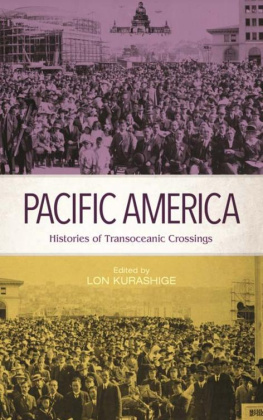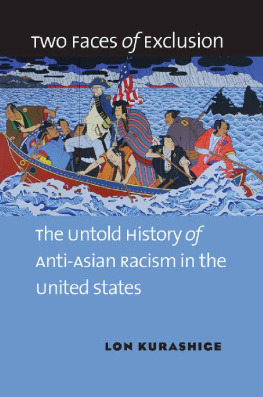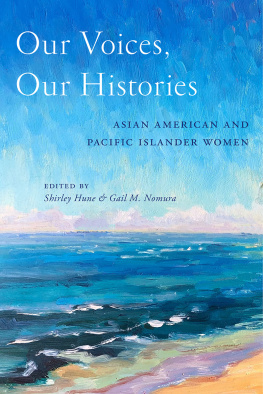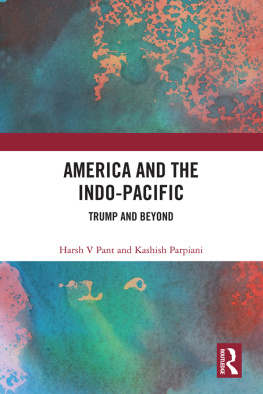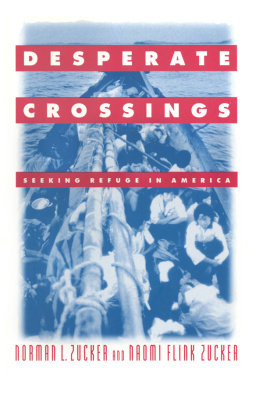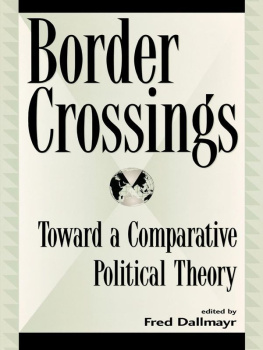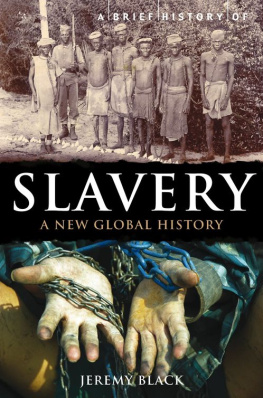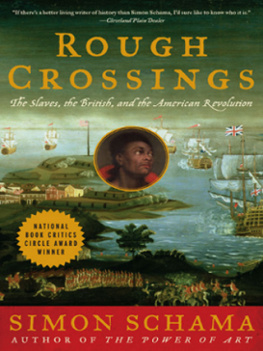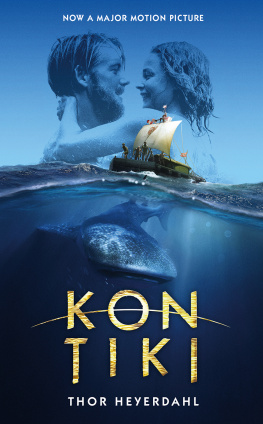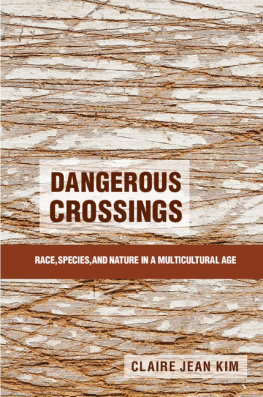Lon Kurashige - Pacific America: Histories of Transoceanic Crossings
Here you can read online Lon Kurashige - Pacific America: Histories of Transoceanic Crossings full text of the book (entire story) in english for free. Download pdf and epub, get meaning, cover and reviews about this ebook. year: 2017, publisher: University of Hawaii Press, genre: Politics. Description of the work, (preface) as well as reviews are available. Best literature library LitArk.com created for fans of good reading and offers a wide selection of genres:
Romance novel
Science fiction
Adventure
Detective
Science
History
Home and family
Prose
Art
Politics
Computer
Non-fiction
Religion
Business
Children
Humor
Choose a favorite category and find really read worthwhile books. Enjoy immersion in the world of imagination, feel the emotions of the characters or learn something new for yourself, make an fascinating discovery.
- Book:Pacific America: Histories of Transoceanic Crossings
- Author:
- Publisher:University of Hawaii Press
- Genre:
- Year:2017
- Rating:5 / 5
- Favourites:Add to favourites
- Your mark:
- 100
- 1
- 2
- 3
- 4
- 5
Pacific America: Histories of Transoceanic Crossings: summary, description and annotation
We offer to read an annotation, description, summary or preface (depends on what the author of the book "Pacific America: Histories of Transoceanic Crossings" wrote himself). If you haven't found the necessary information about the book — write in the comments, we will try to find it.
Lon Kurashige: author's other books
Who wrote Pacific America: Histories of Transoceanic Crossings? Find out the surname, the name of the author of the book and a list of all author's works by series.
Pacific America: Histories of Transoceanic Crossings — read online for free the complete book (whole text) full work
Below is the text of the book, divided by pages. System saving the place of the last page read, allows you to conveniently read the book "Pacific America: Histories of Transoceanic Crossings" online for free, without having to search again every time where you left off. Put a bookmark, and you can go to the page where you finished reading at any time.
Font size:
Interval:
Bookmark:
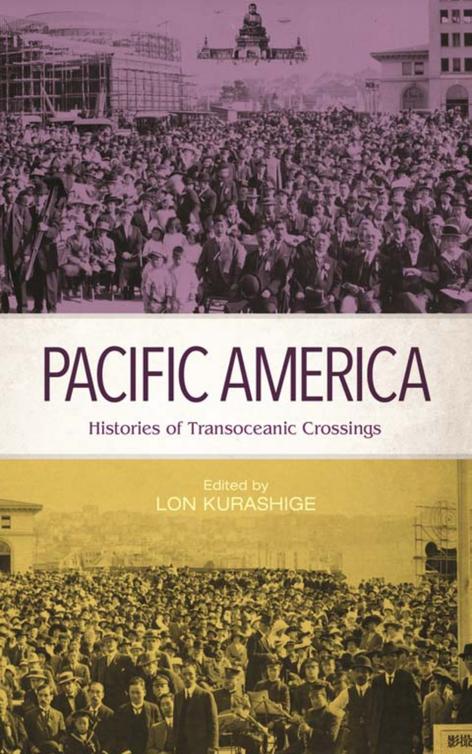
2017 University of Hawaii Press
All rights reserved
Printed in the United States of America
23 22 21 20 19 18 6 5 4 3 2 1
Library of Congress Cataloging-in-Publication Data
Names: Kurashige, Lon, editor.
Title: Pacific America : histories of transoceanic crossings / edited by Lon Kurashige. Description: Honolulu : University of Hawaii Press, [2017] | Includes bibliographical references and index.
Identifiers: LCCN 2017004009 | ISBN 9780824855765 (cloth ; alk. paper) Subjects: LCSH: InterregionalismAsia. | InterregionalismPacific Area. | InterregionalismUnited States. | AsiaRelations. | Pacific AreaRelations. | United StatesRelations.
Classification: LCC JZ1320.7 .P335 2017 | DDC 327.09172/3dc23
LC record available at https://lccn.loc.gov/2017004009
University of Hawaii Press books are printed on acid-free paper and meet the guidelines for permanence and durability of the Council on Library Resources.
v
For
John E. Wills, Jr. (19362017)
vi
- A Very Long Early Modern? Asia and Its Oceans, 10001850
JOHN E. WILLS, JR. - Transatlantic and Transpacific Connections in Early American History
KARIANN AKEMI YOKOTA - The Pacific Ocean as Highway to Gold Mountain: The Hong Kong Connection, 18501900
ELIZABETH SINN - Pop Gingles Cold War
PETER E. HAMILTON - Chinese and American Collaborations through Educational Exchange during the Era of Exclusion, 18721955
MADELINE Y. HSU - Japanese Reinvention of Self through Hawaiis Japanese Americans
YUJIN YAGUCHI - Fighting the Postwar in Little Saigon
PHUONG NGUYEN - Transpacific Accommodation and the Defense of Asian Immigrants
LON KURASHIGE - Kilsoo Haan, American Intelligence, and the Anticipated Japanese Invasion of California, 19311943
BRIAN MASARU HAYASHI - Transpacific Adoption: The Korean War, US Missionaries, and Cold War Liberalism
SUSIE WOO - Inter-Imperial Relations, the Pacific, and Asian American History
AUGUSTO ESPIRITU - Japanese Immigrant Settler Colonialism and the Construction of a US National Security Regime against the Transborder Yellow Peril
EIICHIRO AZUMA - How the Portuguese Became White: The Racial Politics of Pre-Annexation Hawaii
CHRISTEN T. SASAKI - Who Closed the Sea? Archipelagoes of Amnesia between the United States and Japan
GREG DVORAK - Japanese Commemorations of World War II in the Mariana Islands
KEITH L. CAMACHO
Over a muggy August weekend in San Diego, ten scholars met to piece together an inclusive and coherent vision of transpacific history, an area of study focused on movement, connections, and conflict within and across the Pacific Ocean. This meeting led to Conversations on Transpacific History, a special issue of Pacific Historical Review (PHR) published May 2014. By later adding five scholars, we have been able to expand, enrich, and elaborate our initial discussions. The fruits of this reappraisal are presented in this book, which includes a new introduction geared toward students as well as specialists and nonspecialists alike.
Each of the authors in this collection comes to transpacific history with a different set of scholarly identities, locations, and training. These include the study of Chinese diaspora and maritime networks, Southeast Asian studies, Pacific Islander studies, Asian American studies, US history, and the histories of modern China and Japan. In addition, the groups diversity is embodied in its members varied institutional homes in Hong Kong, Japan, and throughout the United States. Being part of such a wide-ranging group of scholars has forced us, as one contributor put it, to surmount the comfortable academic silos that limit conceptualization of history as a field and experience. At the same time, the vastness of the Pacific Ocean and the diversity of its peoples and the experiences that have occurred within and across it require us to acknowledge the partial, preliminary, and ongoing nature of our conversations. We did not start transpacific history, nor do we claim to have reached definitive conclusions about this emerging research field. Each of us is an English speaker (although almost all are bilingual) and either a US citizen or resident who has lived in the United States for an extended period of time. All but one of us hold an advanced degree from a US university.
Throughout this book, we confront different convention about the order in which people style their names. Unless otherwise noted, the names of Chinese, Japanese, and Korean authors appear in the traditional Asian order, with the family name first, when they are writing in those languages, but according to Western conventions when they are writing in English; x names thus appear as they do on the title page of particular works. For instance, Yujin Yaguchis chapter in this book has his name written with the family name last, but his Japanese-language book is cited with his name given as Yaguchi Yujin.
This book would not have been possible without cooperation from its authors, who not only shared their original research but responded to many queries and requests, as well as waited patiently for this book to emerge. Many thanks go to David Johnson, Carl Abbott, and Susan Wladaver-Morgan for their guidance in publishing ten of these essays in the PHR. Madeline Hsu and Yujin Yaguchi, coeditors for the PHR issue, recruited authors to the project and provided constant support and feedback. Madeline also contributed the books title, wrote and edited parts of the preface and introduction, and communicated with authors and the press. The books introduction benefitted from feedback provided by Eiichiro Azuma, Keith Camacho, Christen Sasaki, and Susie Woo. Two anonymous reviewers for the University of Hawaii Press offered useful comments and much-appreciated support for an earlier manuscript version of this book. Final appreciation goes to Masako Ikeda, Debra Tang, and others at UH Press. Masako, in particular, went above and beyond her editorial duties to bring this project to fruition.
The book is dedicated to the memory of John E. Wills, Jr., a member of our author team who was involved with this effort from the beginning. For over twenty years, Jack was my colleague, mentor, and friend at the University of Southern California; and for much longer, he was a guiding light to all students of transoceanic history.
LK xi
Integrating the Pacific
LON KURASHIGE
One of the most powerful forces in the world today is global integration driven by heightening overseas trade, investment, communication, travel, and migration. Each of these processes, as well as its effect on politics, society, culture, and international relations, epitomizes the ever-present notion of globalization.
Each of the following chapters shares a perspective that comes from living in the current age of Pacific integration, when, as one well-known observer puts it, an already globally integrated world has shrunk in a generation from size small to size tiny. We do not need to go into the revolutions in information, communication, business, and technology that have undergirded the ability of humans to dramatically shorten distances of time and space. What is important to note is that the worlds tiny size is changing the way we think about the past by encouraging us to ask different questions and to see familiar topics in fresh ways. The most obvious topic is overseas trade, investment, and capital flows. While global commercial networks have been connecting overseas peoples for centuries (if not millennia in the case of Pacific Islanders), their extent, elaboration, and efficiency today has never been greater. Fifty years ago the reality of a Pacific-driven global economy was emerging; now, as the United States, China, and Japan constitute the worlds top three economies, it is the new normal that will continue for the foreseeable future. The key development here is Chinas opening to global, especially transpacific, trade and investment, which, though beginning earlier, was cemented by the nations entrance into the World Trade Organization (WTO) in 2001. By some measures the size of Chinas economy has already surpassed that of the United States and will certainly do so in the near future.
Font size:
Interval:
Bookmark:
Similar books «Pacific America: Histories of Transoceanic Crossings»
Look at similar books to Pacific America: Histories of Transoceanic Crossings. We have selected literature similar in name and meaning in the hope of providing readers with more options to find new, interesting, not yet read works.
Discussion, reviews of the book Pacific America: Histories of Transoceanic Crossings and just readers' own opinions. Leave your comments, write what you think about the work, its meaning or the main characters. Specify what exactly you liked and what you didn't like, and why you think so.

